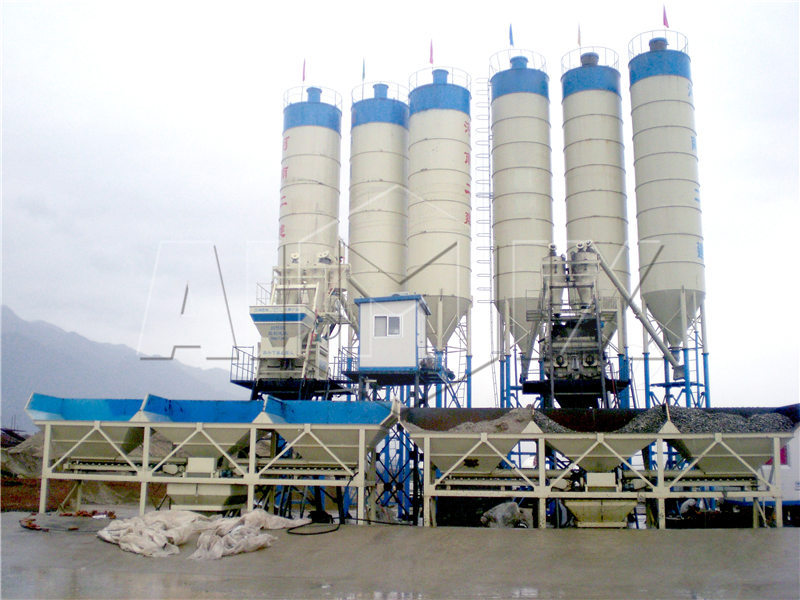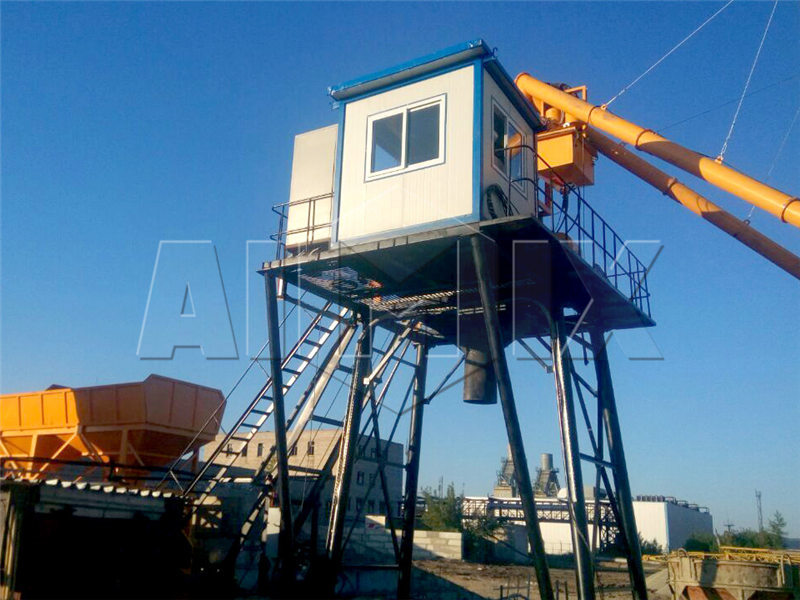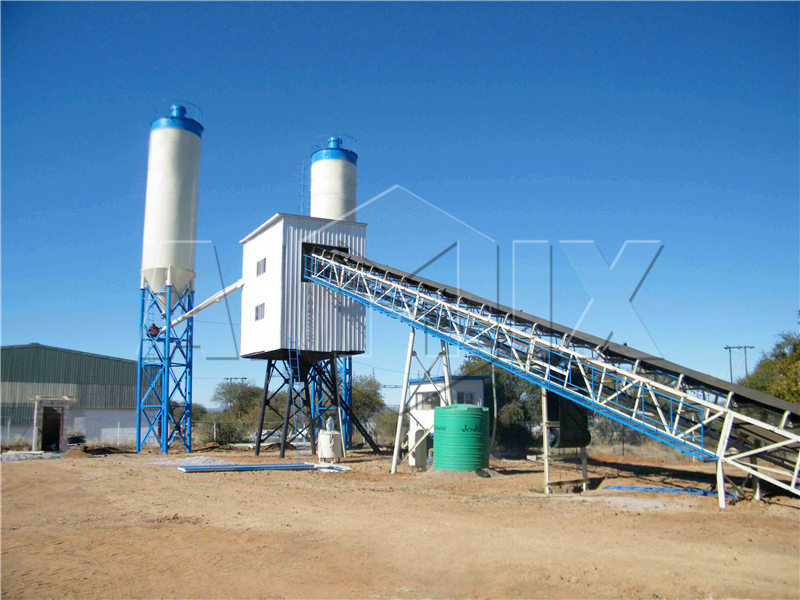Some of the main components in a typical concrete batching plant are mixing drums, cement silos, conveyor systems, aggregate bins and weighing systems. However, small concrete plants are designed for smaller production outputs and generally are not equipped with transport conveyor belt systems for moving aggregate materials. Concrete plant layouts are an important consideration, as many businesses have limited land area for plant assembly. Small batch plants have a more compact design.

Given the fact that small concrete batch plant layouts have a relatively low cost, as well as multiple applications, great flexibility, and enhanced convenience, they make a great investment choice for many small to medium-sized projects. The decreased land occupation requirements of such plants also make them a great buy for businesses with limited space for plant assembly and operation. They can also be good for set up on many different types of construction sites.
One of the great things about modern concrete plants is that they can be fitted with digital automatic weighing systems that are engineered to ensure the accurate weighing of cement power, water, aggregate materials and additives. As a result, plant operators are able to produce concrete with a guaranteed formula consistency. The digital scales within the weighting systems contain microprocessors for the best automatic accuracy.

The truth is that in the concrete plant marketplace, there are lots of different types of batching plants for sale including continuous, fully automatic, stationary, mobile, and batch mixing plants. When it comes to low capacity compact concrete batch plants, typical hourly capacities range from 20m3/h to 50m3/h. Buyers need to make sure they choose a model that matches the hourly concrete production needs of their operation. All of the low capacity concrete mixing plants from reputable manufacturers come equipped with twin-shaft horizontal mixers, which are compatible with dry and hard concrete, plastic concrete, mortar, fluid aggregates and other formulations.
To improve efficiency and output capacity, large concrete batching plants are equipped with belt conveyor systems. These systems automatically transport the raw dry materials into the mixing drum. For small batching plant layouts, the aggregate belt conveyor system is replaced with a lifting hopper for a more compact structure.

The modular designs of small concrete batch plants mean they are very easy to install. They can also be quickly disassembled and relocated. Consequently, they are an appealing choice for businesses that operate across multiple locations. Despite their small size and relatively low cost, the plants are robust in operation and provide stable output as well as short cycle time.
In terms of the average cost of small concrete mixing plants, prices start from around $10,000. Depending on the size, manufacturer, supplier and configuration, prices can exceed $45,000. Since there can be such a big gap between the price of different models from different manufacturers and vendors, investor research is paramount.
Investors should know that in order to avail of some of the most competitive concrete mix plant prices, they need to be ready to explore the overseas marketplace. There are, for instance, lots of affordable concrete batch plant suppliers in China.